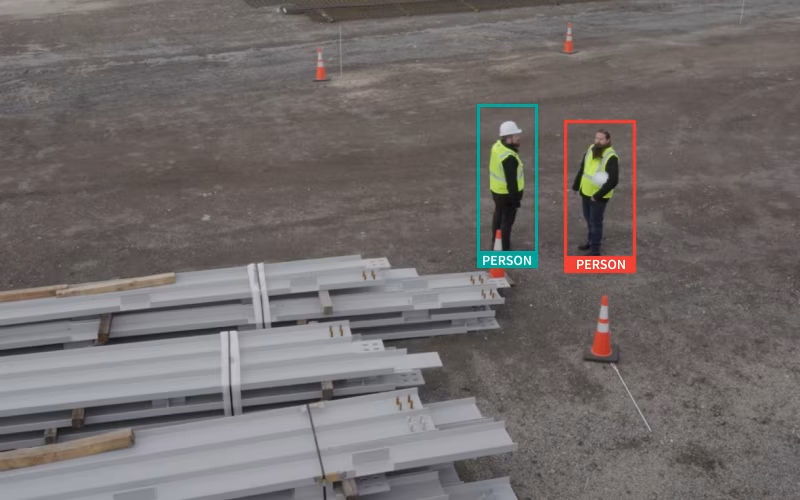LVT Use Case: Watching for Flooding

LVT is working the State of Utah to watch and prepare for spring floods.
Enterprise security cameras are now watching rivers and creeks. Yeah—you read that right. LVT cameras are being used to watch water.
Obviously, water doesn’t pose the same security threats we normally try to prevent. This isn’t our typical use case of preventing shoplifting or trespassing. Instead, users are getting creative and taking advantage of the mobility of our units.
Record Water Year
Areas of the Western United States had record-breaking snowfall. In fact, most of LVT’s home state, Utah, had more than 200% of normal or more than 30 inches statewide. One ski resort reported more than 900 inches. (Hint that is 75 feet. And if you’re like me and have a hard time visualizing just how much that is—take two school buses, stand them up on their ends, and stack one on top of the other.)
Snow is Melting
Between April 8 and April 26, only an estimated 3.5 inches of the 30 had melted. Since 95% of the state’s water comes from the snowpack, the goal is to get it into the reservoirs. This is where LVT comes in. We have teamed up with the State of Utah to place mobile surveillance units around the state to watch for potential flooding.
The idea is to use the camera feeds to give advanced warning to water managers, meteorologists, and even residents that flooding is happening. It will allow the state to manage their resources better and more efficiently. For example, emergency responders will know when and where they need to be before the flooding inflicts the worst damage. It makes the response active instead of reactive.
The Units
Unlike me, LVT® Units are made for the outdoors. They are built to withstand all types of conditions and can be deployed pretty much anywhere. The solar panels and batteries power the units, and they communicate through cellular so there are no external wires.
LVT Units also don’t require any construction to set up. There is no need to dig trenches, pour cement, or run lines to them making them environmentally friendly. Also, once the spring runoff is done, it is easy to remove the units that leave no trace at the rivers and creeks, returning hiking trails and walks to their natural beauty.
To learn more about LVT, request a demo. To stream views of Utah’s rivers and creeks, check out utahflooding.com.



